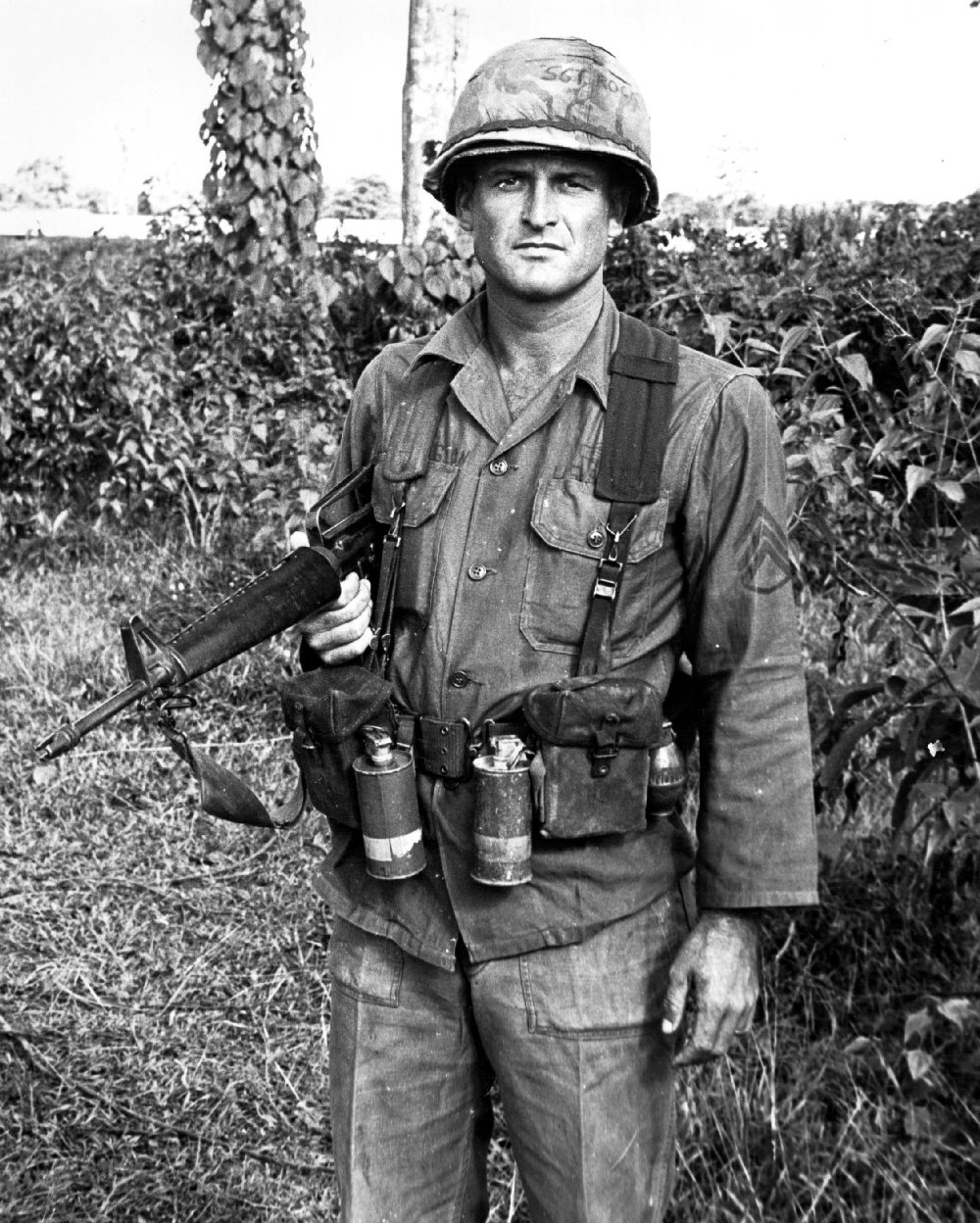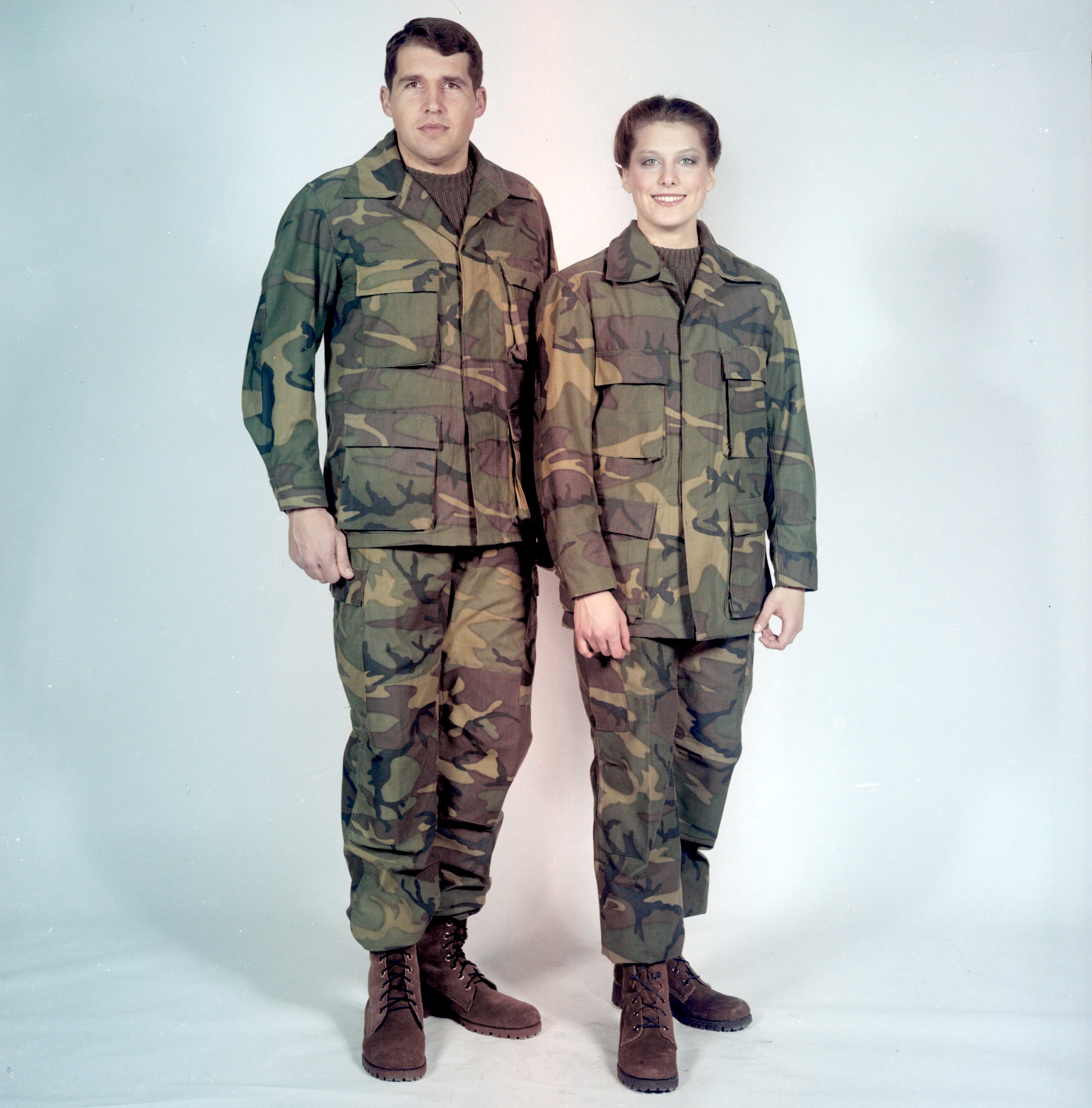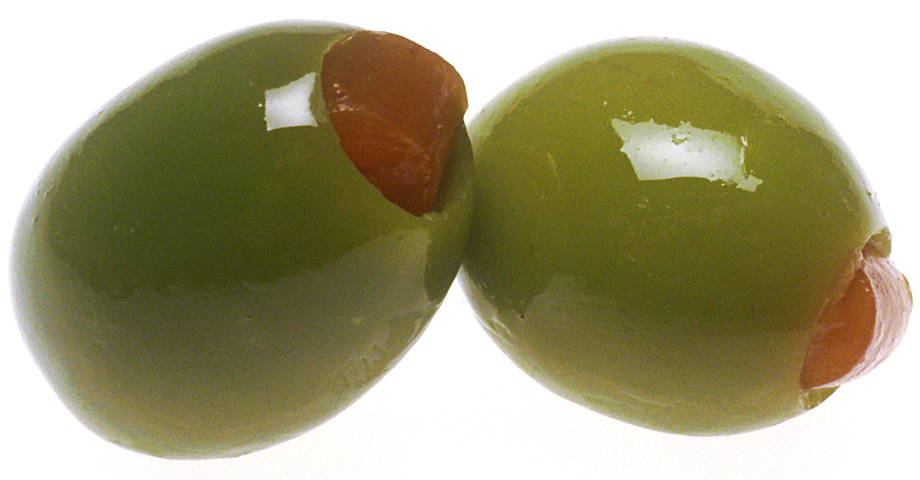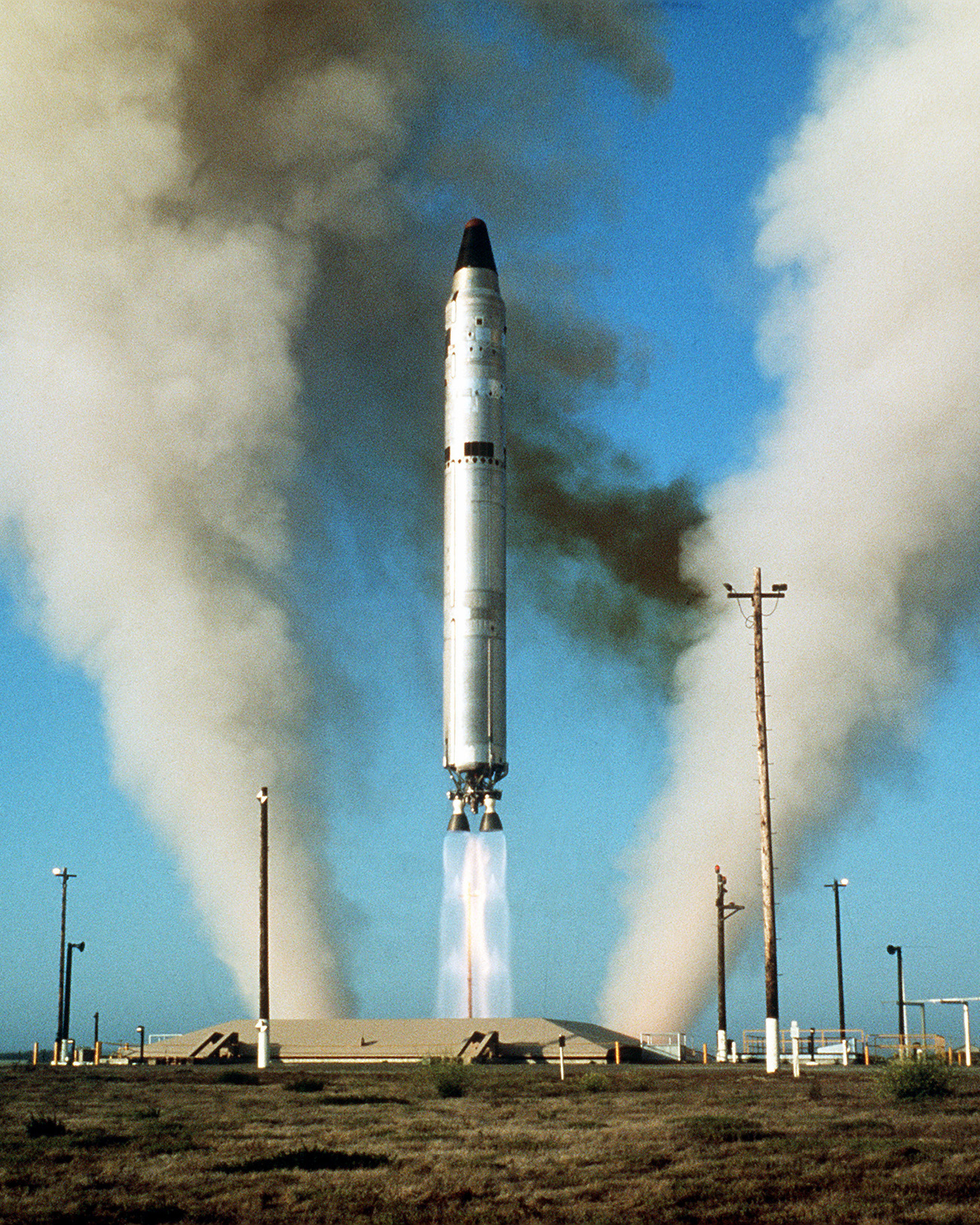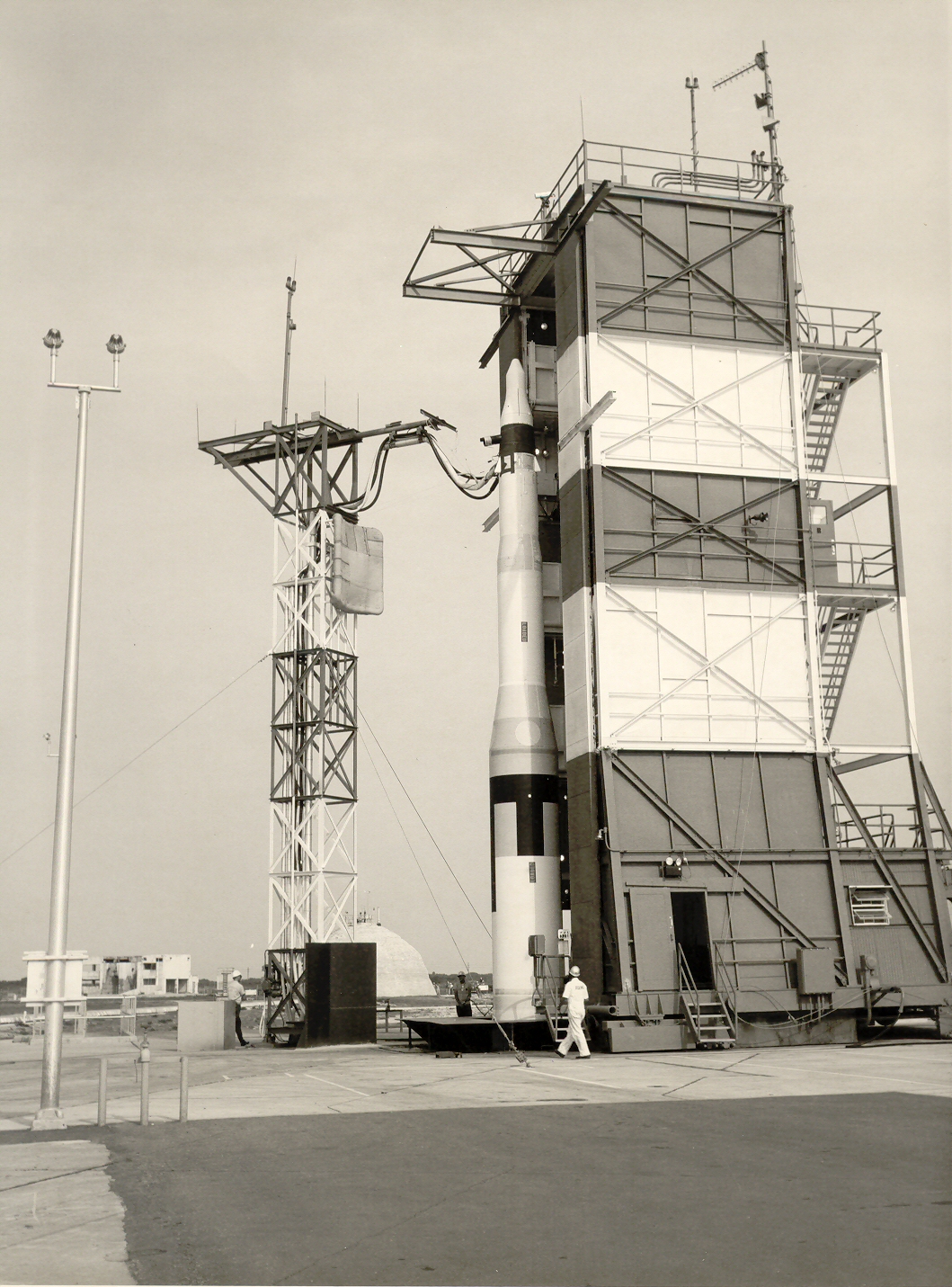|
OG-107
The OG-107 was the basic work and combat utility uniform (fatigues) of all branches of the United States Armed Forces from 1952 until its discontinuation in 1989. The designation came from the U.S. Army's coloring code " Olive Green 107", which was the shade of dark green used on the original cotton version of the uniform. The OG-107 was superseded by the Battle Dress Uniform (BDU) throughout the 1980s, and was also used by several other countries, including ones that received military aid from the United States. All versions of the OG-107 shared several basic design features. They were made out of an 8.5 ounce cotton sateen. The shirt consisted of a button front and two simple patch pockets on the upper chest that closed by means of a buttoned flap. It could be tucked in or worn outside the trousers depending on the preference of the local commander. The trousers were straight leg pants intended to be bloused (tucked in) into boot tops with two simple patch pockets in the fro ... [...More Info...] [...Related Items...] OR: [Wikipedia] [Google] [Baidu] |
M-1965 Field Jacket
The M-1965 field jacket (also known as M65, M-65 field jacket, and Coat, Cold Weather, Man's Field), named for the year it was introduced, is a popular field jacket initially designed for the United States Army under the ''MIL-C-43455'' standard by Alpha Industries. It was introduced into U.S. military service in 1965 to replace the previous M-1951 field jacket, itself an improvement on the M-1943 field jacket introduced during World War II, although the M-51 continued to be issued for quite some time. The M65 field jacket was widely used by United States forces during the Vietnam War in which the jacket became useful for troops serving in the Central Highlands of South Vietnam due to its wind and rain resistance, especially in the monsoon season and after. It was a standard issue to US troops in several other wars all around the globe as well, due to its long service life. Variations of the jacket are used in countries like Austria or South Korea. The jacket has also been pro ... [...More Info...] [...Related Items...] OR: [Wikipedia] [Google] [Baidu] |
Battle Dress Uniform
The Battle Dress Uniform (BDU) is a camouflaged combat uniform that was used by the United States Armed Forces as their standard combat uniform from the early 1980s to the mid-2000s. Since then, it has been replaced or supplanted in every branch of the U.S. Armed Forces. BDU-style uniforms and derivatives still see widespread use in other countries (some of them being former U.S. surplus stocks transferred under U.S. security assistance programs), while others are still worn by some U.S. federal, state, and local law enforcement in the United States, law enforcement agents who may work in tactical situations, such as the Drug Enforcement Administration#Special Response Teams, DEA RRT and SWAT teams. The uniforms are also used by urban search and rescue groups such as FEMA Urban Search and Rescue Task Force, FEMA USAR task force teams and firefighting agencies when conducting technical rescues or other special operations. As late as 2014, BDUs were worn by officers of the Unit ... [...More Info...] [...Related Items...] OR: [Wikipedia] [Google] [Baidu] |
Battledress
A combat uniform, also called a field uniform, battledress, or fatigues, is a casual wear, casual uniform used by military, police, firefighter, fire, and other public uniformed services for everyday fieldwork and duty, as opposed to dress uniforms for formal functions and parades. It generally consists of a jacket, trousers, and shirt or T-shirt, all cut to be looser and more comfortable than more formal uniforms. Combat uniform designs vary by regiment or service branch (e.g. army, navy, air force, marines, etc.). Uniform fabrics often come in Military camouflage, camouflage, disruptive patterns, or otherwise olive drab, brown, or khaki monochrome, to approximate the background and make the soldier less conspicuous in the field. In Western dress codes, field uniforms are considered equivalent to civilian casual wear, less formal than service dress uniforms, which are generally for office or staff use, as well as mess dress uniforms and full dress uniforms. Combat uniforms hav ... [...More Info...] [...Related Items...] OR: [Wikipedia] [Google] [Baidu] |
M-1951 Field Jacket
The M-1951 field jacket was a U.S. Army four pocket jacket made of 9-ounce wind resistant, water repellent treated cotton sateen cloth in OG-107, Olive Green Shade 107 (OG 107). It was redesignated as the M-1951 field coat in November 1956. Description The M-1951 field jacket was based on the U.S. Army M-1943 Uniform, M-1943 field jacket. The M-1951 was given snap fasteners instead of buttons and an aluminium zipper. Earlier issue M-1951s had larger, brown buttons like on the M-1943, and later jackets had smaller brown, then green buttons as used on the M-1965 field jacket and later OG-107 fatigues. Unlike the later M-1965 that replaced it, the M-1951 had button cuffs, a pointed collar and had a separate hood that buttoned on to the collar (the latter of which could also be fit to the m-65). It also added a second drawstring to the bottom hem, and added holes to allow adjustment of the waist drawstring from the outside of the jacket, a feature which was later removed in the M-1965 ... [...More Info...] [...Related Items...] OR: [Wikipedia] [Google] [Baidu] |
Olive (color)
Olive is a dark yellowish-green color, like that of unripe or green olives. As a color word in the English language, it appears in late Middle English. Variations Olivine Olivine is the typical color of the mineral olivine. The first recorded use of ''olivine'' as a color name in English was in 1912. Olive drab Olive drab is variously described as a "A brownish-green colour" (''Oxford English Dictionary'');" Olive Drab, N." Oxford English Dictionary, Oxford UP, July 2023. "a shade of greenish-brown" (''Webster's New World Dictionary''); "a dark gray-green" (''MacMillan English dictionary''); "a grayish olive to dark olive brown or olive gray" (''American Heritage Dictionary''); or "A dull but fairly strong gray-green color" (''Collins English Dictionary''). It is widely used as a camouflage color for uniforms and equipment in the armed forces. The first recorded use of ''olive drab'' as a color name in English was in 1892. Drab is an older color name, from the mid ... [...More Info...] [...Related Items...] OR: [Wikipedia] [Google] [Baidu] |
LGM-118 Peacekeeper
The LGM-118 Peacekeeper, originally known as the MX for "Missile, Experimental", was a Multiple independently targetable reentry vehicle, MIRV-capable intercontinental ballistic missile (ICBM) produced and deployed by the United States from 1986 to 2005. The missile could carry up to eleven Mark 21 Multiple independently targetable reentry vehicle, reentry vehicles (although treaties limited its actual payload to ten), each armed with a 300-kiloton W87 thermonuclear weapon, warhead. Initial plans called for building and deploying 100 MX ICBMs, but budgetary concerns limited the final procurement; only 50 entered service. Disarmament treaties signed after the Peacekeeper's development led to its withdrawal from service in 2005. Studies on the underlying concept started in the 1960s. The idea was to allow the US to absorb a sneak attack by the USSR with enough warheads surviving to attack the remaining Soviet missile silos. To do so, the missiles had to be highly accurate, be based ... [...More Info...] [...Related Items...] OR: [Wikipedia] [Google] [Baidu] |
Strategic Air Command
Strategic Air Command (SAC) was a United States Department of Defense Specified Command and a United States Air Force (USAF) Major Command responsible for command and control of the strategic bomber and intercontinental ballistic missile components of the United States military's strategic nuclear weapon, strategic nuclear forces from 1946 to 1992. SAC was also responsible for strategic reconnaissance aircraft; airborne command posts; and most of the USAF's aerial refueling aircraft. SAC primarily consisted of the Second Air Force (2AF), Eighth Air Force (8AF) and the Fifteenth Air Force (15AF), while SAC headquarters (HQ SAC) included Directorates for Operations & Plans, Intelligence, Command & Control, Maintenance, Training, Communications, and Personnel. At a lower echelon, SAC headquarters divisions included Aircraft Engineering, Missile Concept, and Strategic Communications. In 1992, as part of an overall post-Cold War reorganization of the U.S. Air Force, SAC was disesta ... [...More Info...] [...Related Items...] OR: [Wikipedia] [Google] [Baidu] |
LGM-25C Titan II
The Titan II was an intercontinental ballistic missile (ICBM) developed by the Glenn L. Martin Company from the earlier HGM-25A Titan I, Titan I missile. Titan II was originally designed and used as an ICBM, but was later adapted as a Medium-lift launch vehicle, medium-lift space launch vehicle (these adaptations were designated Titan II GLV and Titan 23G) to carry payloads to Earth orbit for the United States Air Force (USAF), NASA, National Aeronautics and Space Administration (NASA) and National Oceanic and Atmospheric Administration (NOAA). Those payloads included the USAF Defense Meteorological Satellite Program (DMSP), NOAA weather satellites, and NASA's Project Gemini, Gemini crewed space capsules. The modified Titan II SLVs (Space Launch Vehicles) were launched from Vandenberg Air Force Base, California, up until 2003. Titan II missile Part of the Titan (rocket family), Titan rocket family, the Titan II ICBM was the successor to the Titan I, with double the payload ... [...More Info...] [...Related Items...] OR: [Wikipedia] [Google] [Baidu] |
LGM-30 Minuteman
The LGM-30 Minuteman is an American land-based intercontinental ballistic missile (ICBM) in service with the Air Force Global Strike Command. , the LGM-30G (Version 3) is the only land-based ICBM in service in the United States and represents the land leg of the U.S. nuclear triad, along with the Trident II submarine-launched ballistic missile (SLBM) and nuclear weapons carried by long-range strategic bombers. Development of the Minuteman began in the mid-1950s when basic research indicated that a solid-fuel rocket motor could stand ready to launch for long periods of time, in contrast to liquid-fueled rockets that required fueling before launch and so might be destroyed in a surprise attack. The missile was named for the colonial minutemen of the American Revolutionary War, who could be ready to fight on short notice. The Minuteman entered service in 1962 as a deterrence weapon that could hit Soviet cities with a second strike and countervalue counterattack if the U.S. wa ... [...More Info...] [...Related Items...] OR: [Wikipedia] [Google] [Baidu] |
Soldier Models Durable Press OG-507 Uniform, 1977
A soldier is a person who is a member of an army. A soldier can be a conscripted or volunteer enlisted person, a non-commissioned officer, a warrant officer, or an officer. Etymology The word ''soldier'' derives from the Middle English word , from Old French or , meaning mercenary, from , meaning shilling">-4; we might wonder whether there's a point at which it's appropriate to talk of the beginnings of French, that is, when it wa ... or , meaning mercenary, from , meaning shilling's worth or wage, from or , shilling. The word is also related to the Medieval Latin , meaning soldier (). These words ultimately derive from the Late Latin word , referring to an Ancient Rome, ancient Roman coin used in the Byzantine Empire. Occupational and other designations In most armies, the word "soldier" has a general meaning that refers to all members of an army, distinct from more specialized military occupations that require different areas of knowledge and skill sets. "Soldiers" may ... [...More Info...] [...Related Items...] OR: [Wikipedia] [Google] [Baidu] |
Missile Combat Crew
A missile combat crew (MCC), is a team of highly trained specialists, often called missilemen, or missileers, staffing Intermediate Range and Intercontinental ballistic missile systems (IRBMs and ICBMs, respectively). In the United States, personnel, officially coded as Nuclear and Missile Operations Officers ( AFSC 13NX), of the United States Air Force, operate underground missile systems at launch control centers located throughout the country. There are also a select few missileers that have the chance to become part of a Missile Combat Crew-Airborne (MCC-A) operating the Airborne Launch Control System which provides a survivable launch capability for the Minuteman ICBM force. Crew size varies among the different missile systems, but the number is always greater than one, to abide by USSTRATCOM's two-man rule for positive control of nuclear weapons. Origins The first missile combat crews were composed of trained aviators (e.g., B-47, B-36), but later generations had no aviati ... [...More Info...] [...Related Items...] OR: [Wikipedia] [Google] [Baidu] |
Missile Badge
The Missile Badge is a military decoration of the United States Air Force which was first created on 23 May 1958. The "pocket rocket" badge recognizes those commissioned officers and enlisted personnel of the US Air Force who have qualified as missile personnel (both TAC and SAC (now AFGSC)) that have been trained in the maintenance or launching of land-based and air-launched nuclear weapons under the direction of the National Command Authority. Originally known as the ''Missileman Badge,'' the Missile Badge later became known as the ''Missileer Badge'' or more informally the ''Pocket Rocket''. History Following its creation in 1958, the badge came in only one style. In 1963 the name was changed to the Missileman Badge and the three levels of Basic, Senior and Master were added. Although primarily issued to Atlas, Titan I/Titan II, Minuteman I/II/III and Peacekeeper missile crews of the Strategic Air Command (SAC), it was also issued to Tactical Air Command (TAC) Matad ... [...More Info...] [...Related Items...] OR: [Wikipedia] [Google] [Baidu] |
